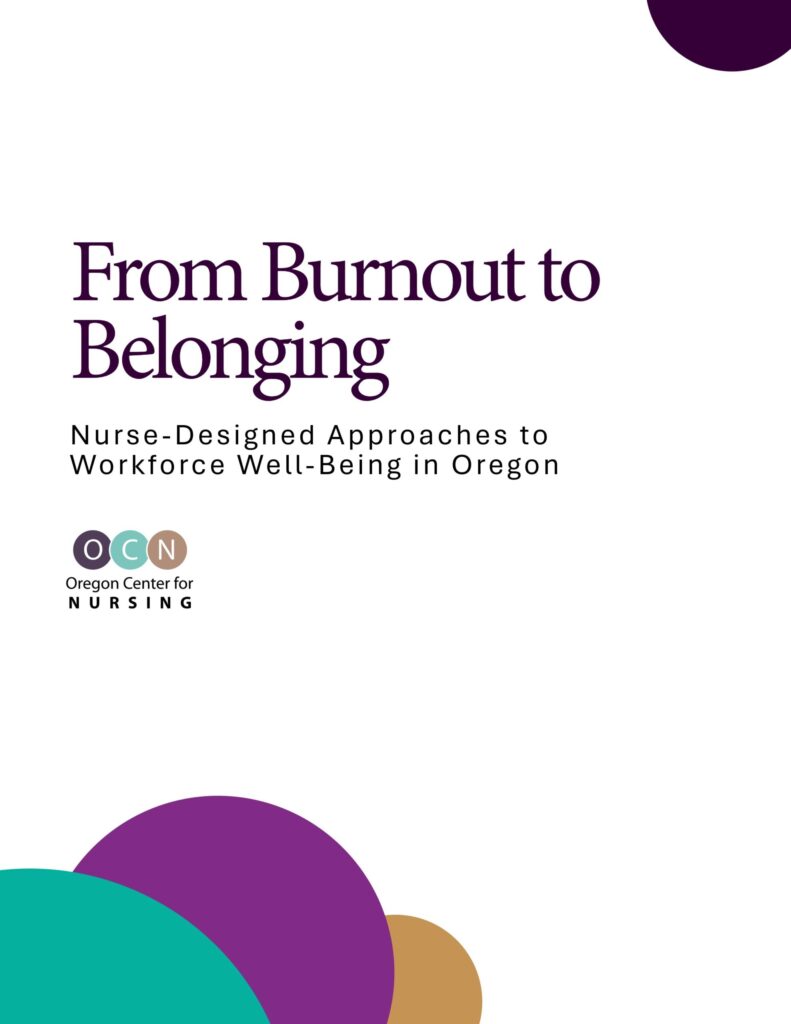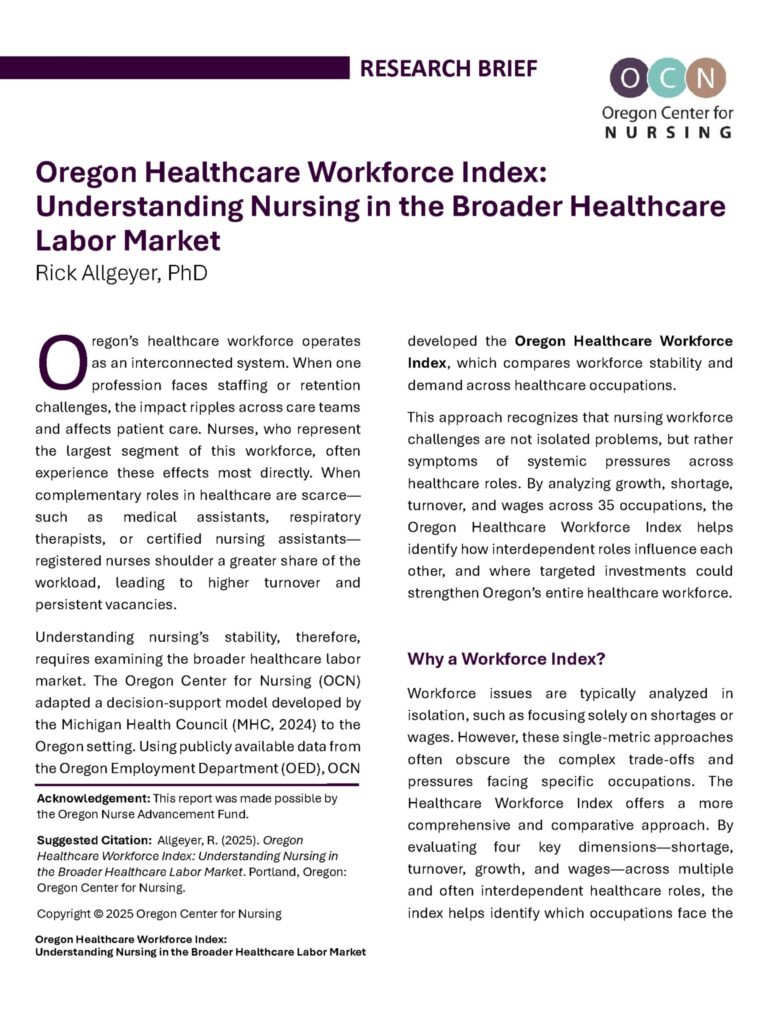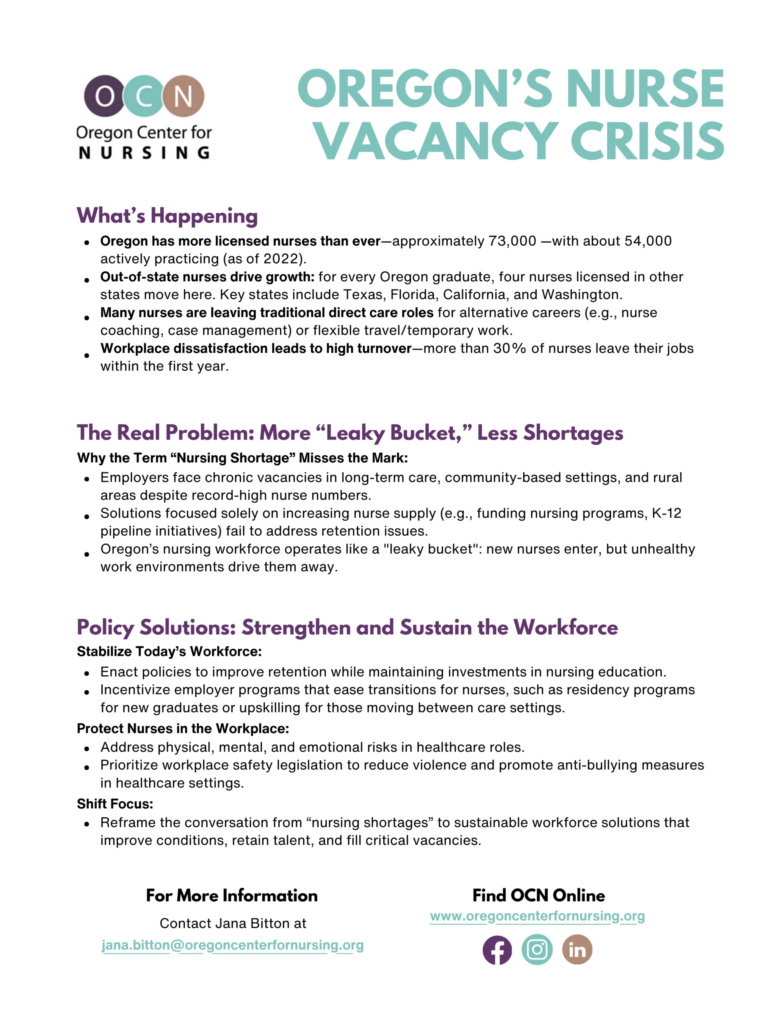The median age of registered nurses in Oregon is steadily declining, indicating a significant generational shift within the profession. Between 2012 and 2016, younger nurses increasingly entered the workforce, while the proportion of older nurses began to decline. This trend is reflected across both urban and rural regions, as well as in most employment settings.
A closer look at the data reveals that hospitals and long-term care facilities experienced the most noticeable declines in median age. While the surge of younger nurses might appear to counteract fears of a nursing shortage, further analysis suggests the situation is more complex. Many older nurses are delaying retirement, and their eventual exit may create gaps in experience and knowledge transfer.
To address these challenges, the report emphasizes the importance of structured mentoring and transition-to-practice programs. Employers are encouraged to adopt consistent strategies to support early-career nurses while preparing for a potential wave of retirements. The findings underscore the need for ongoing research into the age dynamics of Oregon’s nursing workforce and their implications for future healthcare planning.


